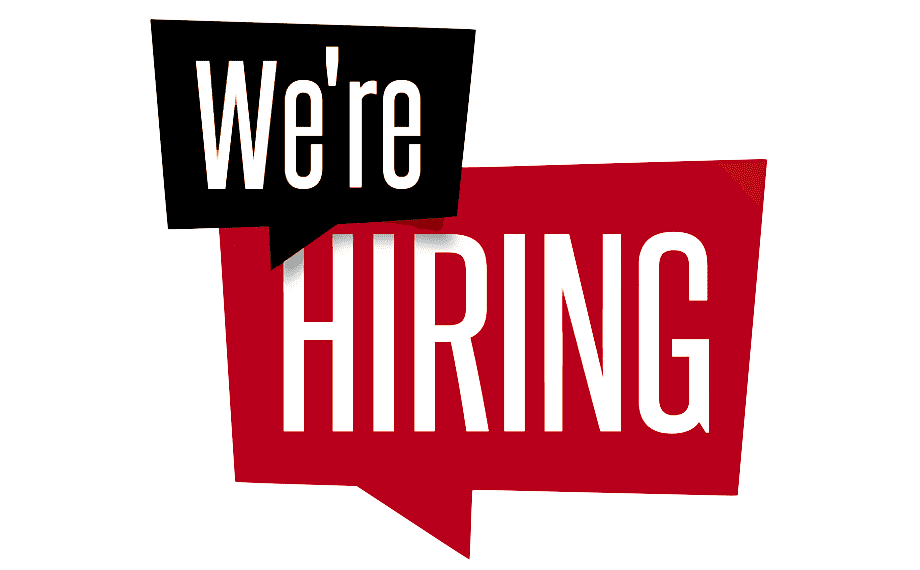
We are recruiting one highly motivated post-doctoral researcher to work on the elucidation of mechanisms that control the initiation of lateral roots in Arabidopsis thaliana.

We are recruiting one highly motivated post-doctoral researcher to work on the elucidation of mechanisms that control the initiation of lateral roots in Arabidopsis thaliana.
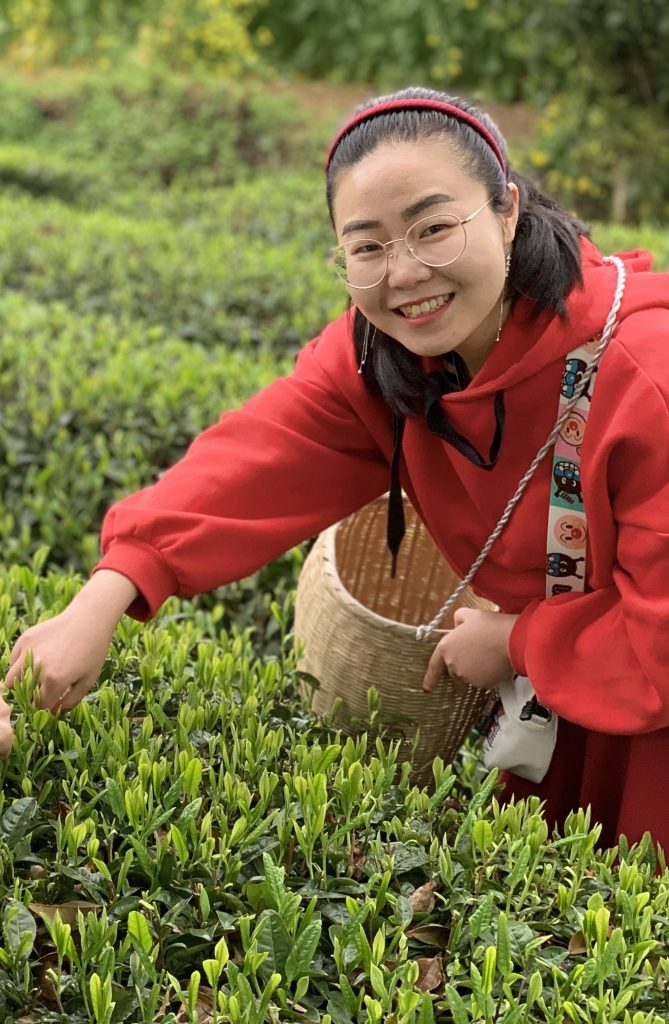
We are very happy to welcome Juan Li.
Juan obtained her PhD at Wuhan University (China) studying root growth and has been working as a researcher at the Guizhou University of Traditional Chinese Medicine.
She will be spending a year with us thanks to the support of the China Scholarship Council.
The faculty of bioscience at Heidelberg University has produced some short video interviews.
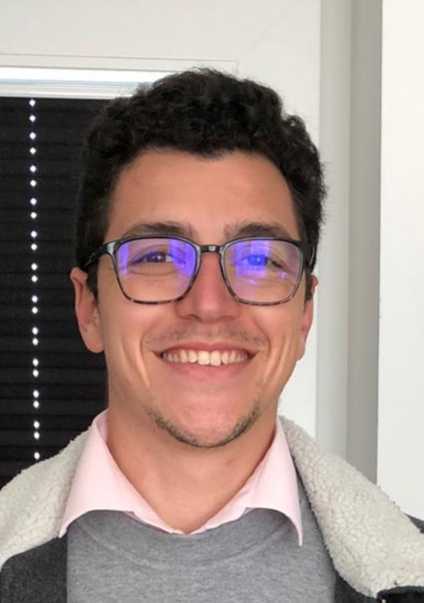
Toni Gouhier from the “master Europeen de Genetique” in Paris, has joined us for 4 months. Welcome Toni!

Auxin patterns plants, alter the mechanics of cells and deforms tissues: how auxin max stay focused? In a new theoretical work, the group of Karen Alim (TU_Muenchen) shows that tissue-wide mechanical coupling produces focused auxin spots and buffer against noise. We are very happy to have modestly contributed to this work. https://doi.org/10.1140/epjp/s13360-021-01204-6…

We welcome Anamarjia and Sami who just started their Master thesis in the lab.
New results! A fresh volumetric look on lateral root initiation.
We digitized growing LR using PlantSeg analyse how volume partition during divisions. We find that cells integrate growth and division to precisely partition their volume upon division.
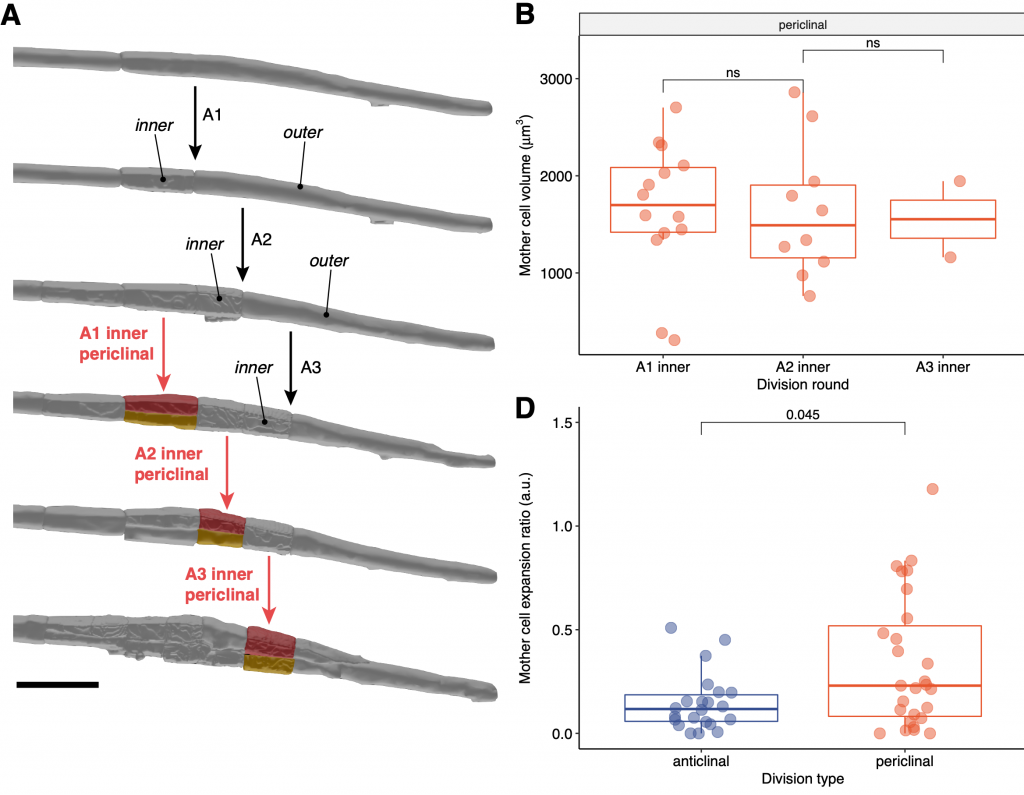
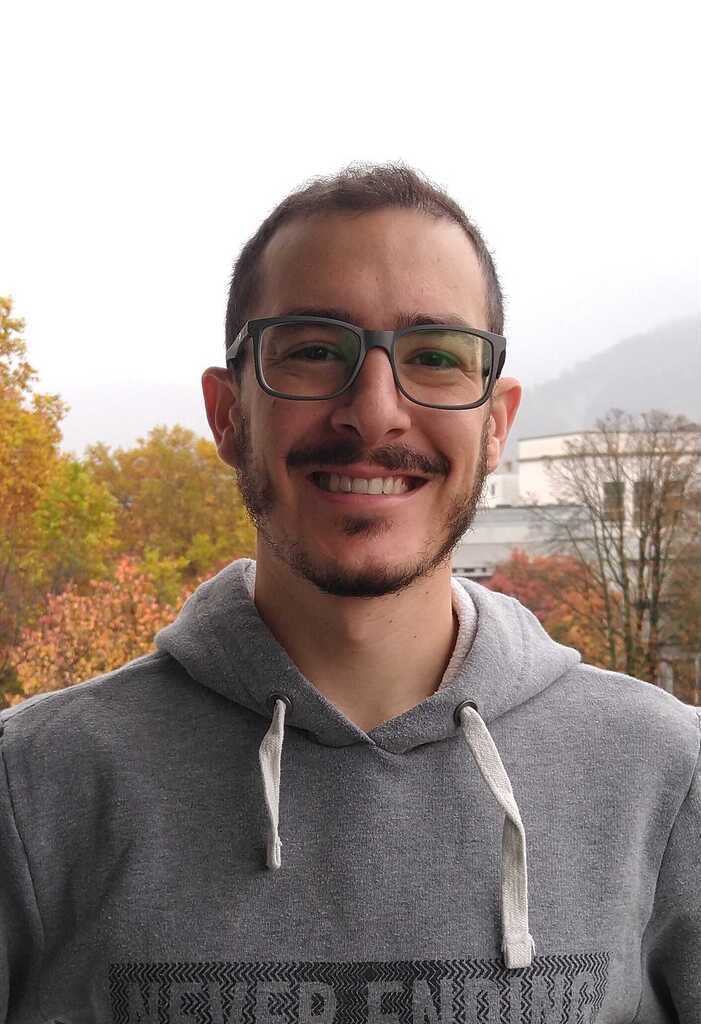
Happy to introduce our newest member: Tomás Tessi who joined the lab for his postdoc. Tomás is native from Argentina, a root and cytokinins expert and avid tennis player.
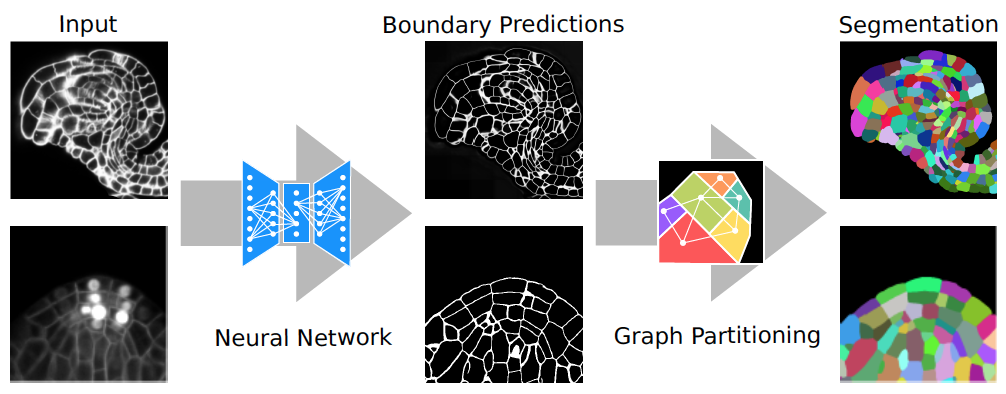
Very happy to see the publication of the manuscript describing “PlantSeg” a tool for the accurate and versatile segmentation of plant tissues into cells.
It has been a great team work together with Adrian Wolny & Lorenzo Cerrone from the labs of A. Kreshuk & F. Hamprecht (EMBL & Uni Heidelberg) as well as Kay Schneitz’s lab (Athul Vijayan, Rachele Tofanelli – TU Munich) and many others.
PlantSeg uses neural networks and diverse segmentation algorithm to segment plant cells in 3D in complex tissues. You can feed it confocal or light sheet images. We showcase its performances on lateral roots, ovules, shoot meristems, leaves and many more tissues. It works so well, that it can even segment non plant images (e.g. fly wing disc).
See: https://elifesciences.org/articles/57613 and https://github.com/hci-unihd/plant-seg
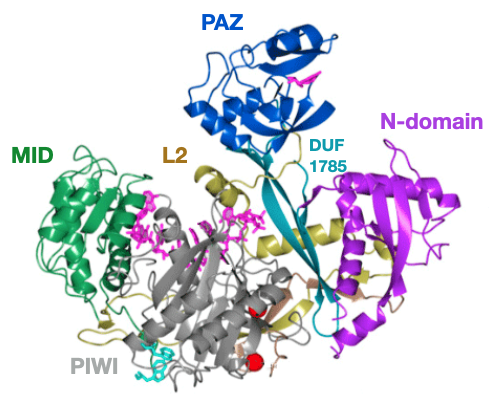
The Maizel lab is looking for a postdoc for a project aiming at characterising the interaction between the AGO7 ARGONAUTE protein and a chaperone and to identify new interactors by proximity biotinylation (BioID / TurboID).
Read more here: